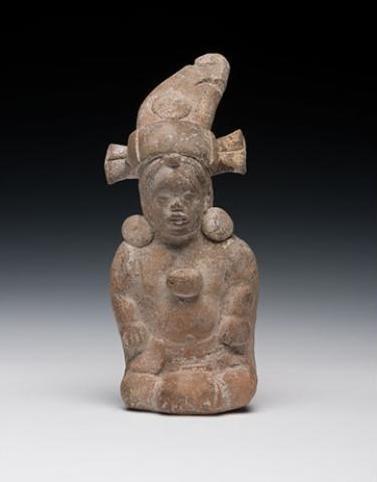


Central America is an ancient home of the ocarina, where it has been crafted and played for more than 4,500 years. Ocarinas were an integral part of the musical traditions of cultures from Mexico through the Andes until European colonization. Fashioned from clay into an array of intricate shapes and complex designs, these ocarinas reflect both expert craft and age-old belief. Today, their form and sounds continue to inspire invention and capture the modern imagination.

Pre-Columbian peoples of the Americas produced some of the earliest and most complex ceramic ocarinas known. Similar wind instruments were found among ancient cultures of Asia, Africa and Europe. The American ocarina is believed to have been introduced to Europe in 1527 by Aztec musicians visiting the court of Spanish King Charles V.
Inspired by pre-Columbian ocarinas, nineteenth-century Italian musician Giuseppe Donati invented the first European version of this instrument and coined the term ocarina, which means "little goose." The tradition of ocarina making and playing waned in the Americas after Spanish colonization, but has since enjoyed a resurgence and even been popularized in video games.

An ocarina is a type of wind instrument, or aerophone, in which sound is produced by the vibration of air. Unlike flutes, ocarinas are not tubes but consist of one or more enclosed, rounded chambers. They produce sound when air vibrates within the enclosure and exits through a hle near the mouthpiece.
Ocarinas vary in size, shape and in the number of resonating chambers and finger holes. Although many ocarinas have one to three finger holes, some have six or more, and the smallest, whistle-like ocarinas have no holes at all. The pitch of the ocarina is determined by the size of the chamber and the size and depth of the finger holes.